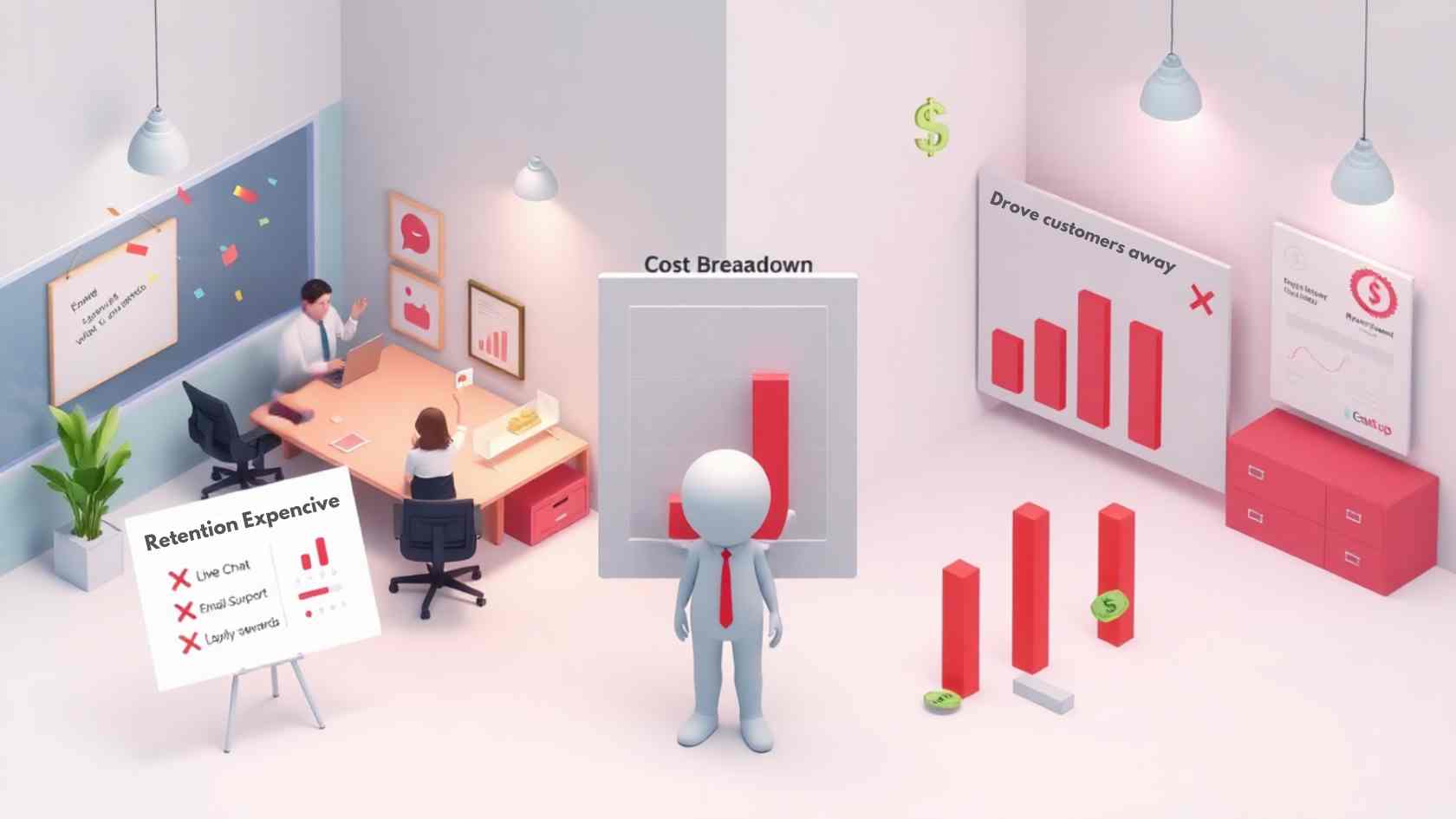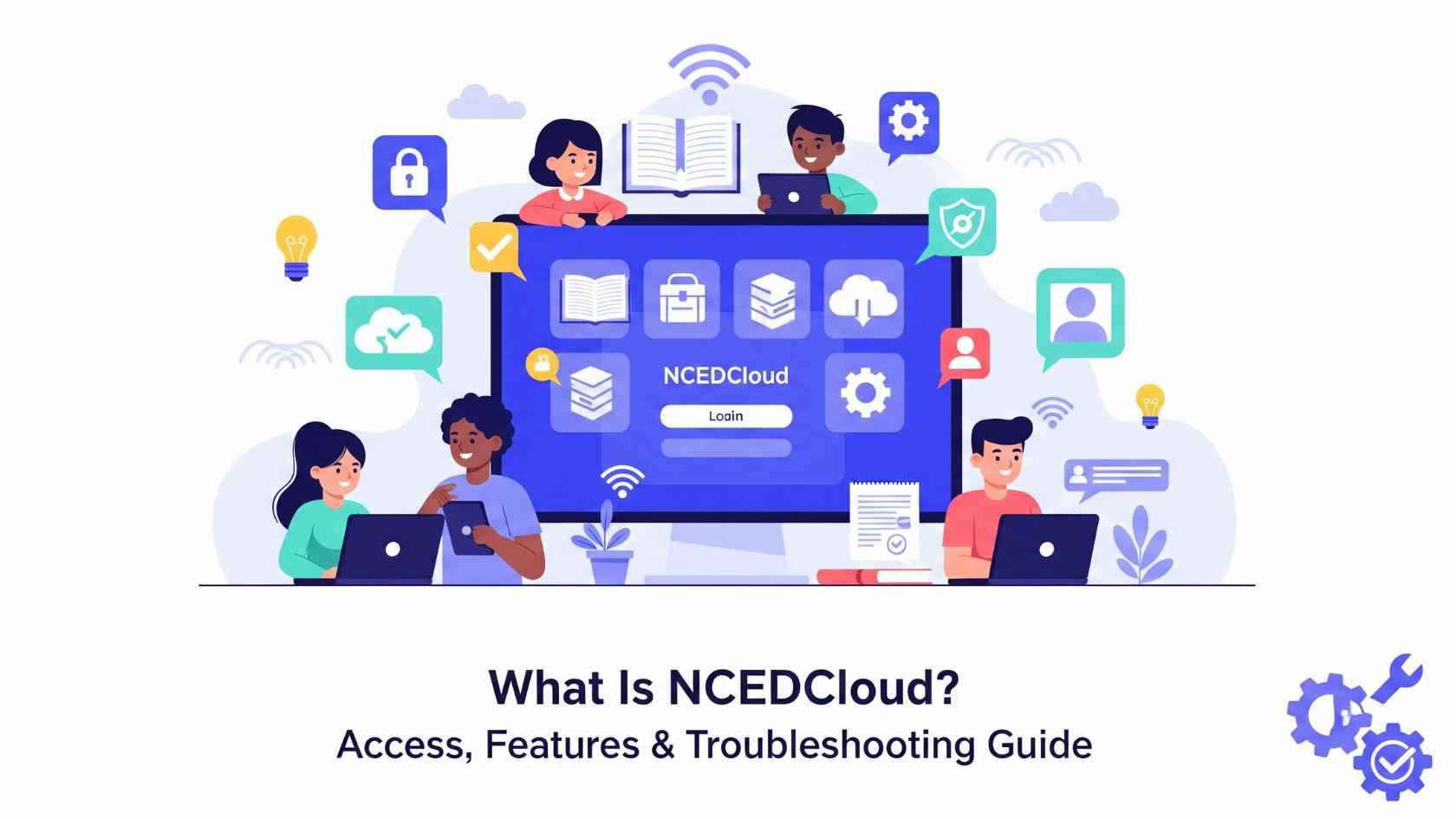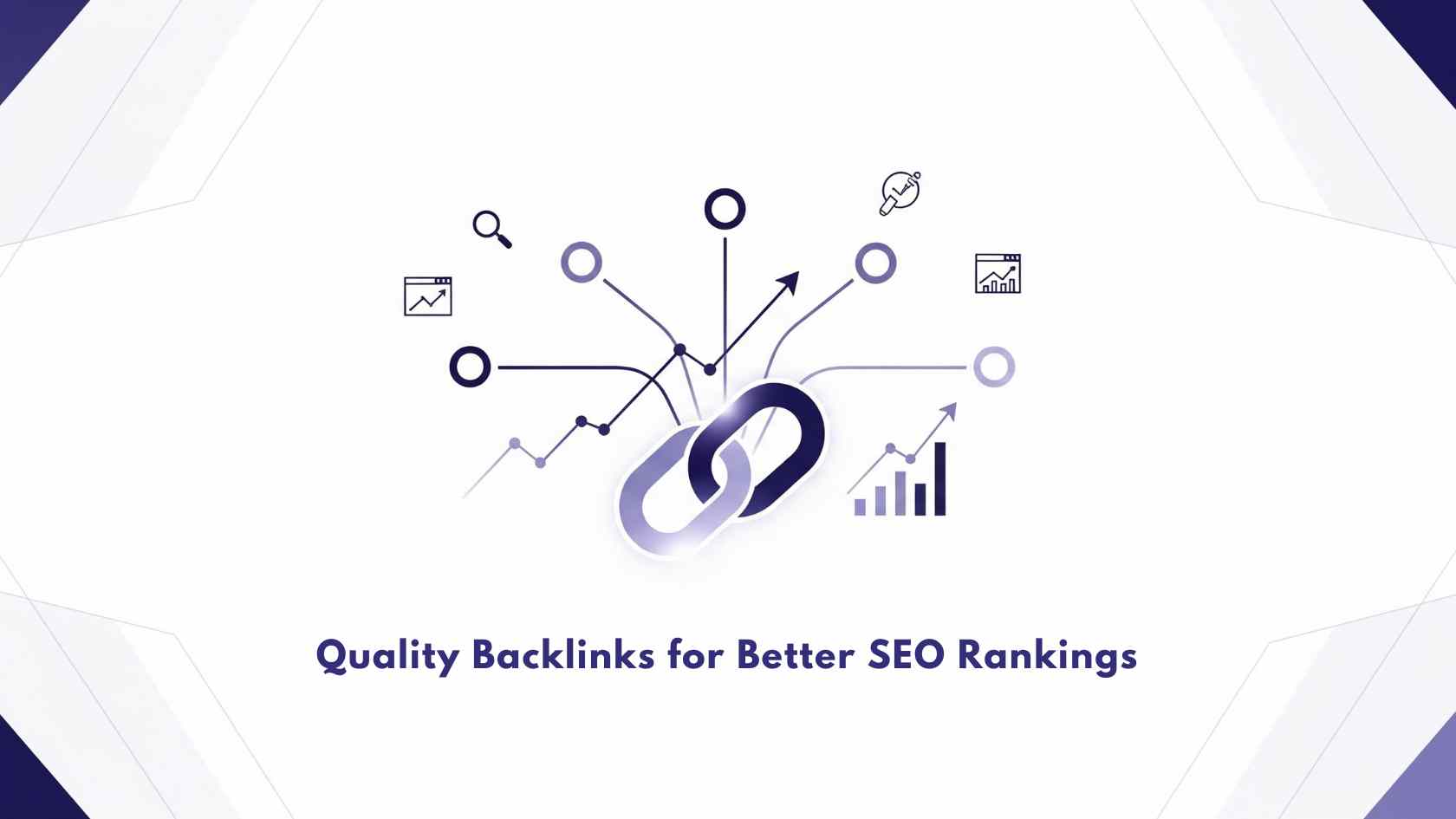Starting and running a successful SaaS company means your accounting systems have to be as robust as your SaaS solutions. However, a majority of SaaS startups don’t succeed in identifying the potential accounting mistakes to avoid early on in their developmental stages.
While this is the case for many SaaS startups, a few still overcome the early financial mistakes and challenges, and you can equally join this path of winners. Below, we’ll help you identify the most common accounting mistakes SaaS startups like yours make and how you can avoid them to survive the storms of early financial shakeups.
Common Accounting Mistakes SaaS Startups Must Avoid to Stay Financially Healthy
Not Choosing the Right Accounting Software
Setting up a good accounting system starts with choosing the right accounting software. A good accounting system is one whose features suit your business needs, making it feel like it was built just for your business.

As a SaaS startup, you’ll need accounting software that does most of the basics, like tax deductions, bookkeeping, invoicing and payments, and balancing income and expenses. It should also have some advanced features like bill management, mileage tracking, and multiple currencies, among others.
The right features will ensure a seamless cash flow management and a swift growth into global markets. It doesn’t always have to be the big names in accounting, like QuickBooks; you might find an affordable alternative to QuickBooks that is more valuable than QuickBooks. Be sure to do your research and settle for a solution that meets your needs effectively.
Underestimating Customer Retention Costs
Retaining SaaS customers comes at a hidden cost that most startups fail to recognize early. Existing customers expect to see some marketing or sales efforts targeting them every so often to remind them of your existence. If you go silent after the initial sales, they might not easily come back on their own. You also need to invest in training your support team so they can effectively answer your existing customers’ queries and reassure them they’re in good hands.

All these efforts for retaining customers come at some cost, which many startups aren’t always intentional about. Failing to budget and track these costs can lead to a financial crisis that may eventually lead to the death of a startup. However, you can avoid this by being intentional with every spending so you know what to allocate for each project. You can also study your customers’ buying patterns to identify high lifetime value customers worth investing in.
Challenges With Global Payments
As a SaaS business, you’ll immediately start handling orders from global clients since your products target a global audience. However, if you’re unable to manage international payments effectively, you’re out for a rough ride as regards balancing your accounting books. It’s also the same case when making global payments to team members across different countries; you’ll need a system that can handle currency conversions for a seamless experience.

The inability to make global payments can expose you to various challenges, like tax implications of international payments and low profit margins due to currency conversion differences. A perfect solution to this challenge is to choose the right accounting tool for your business. The tool should enable a seamless currency conversion process and integrate all payment records into the system for easy tracking.
Also Read: Who Is Required to Obtain an LEI Register and How to Get It?
Final Thoughts
By avoiding these accounting mistakes, you can set your SaaS business up for steady growth in its introductory years. Keeping your accounts in order will ensure an easy tracking of your business finances, ensuring you’re well-prepared to handle growth.










